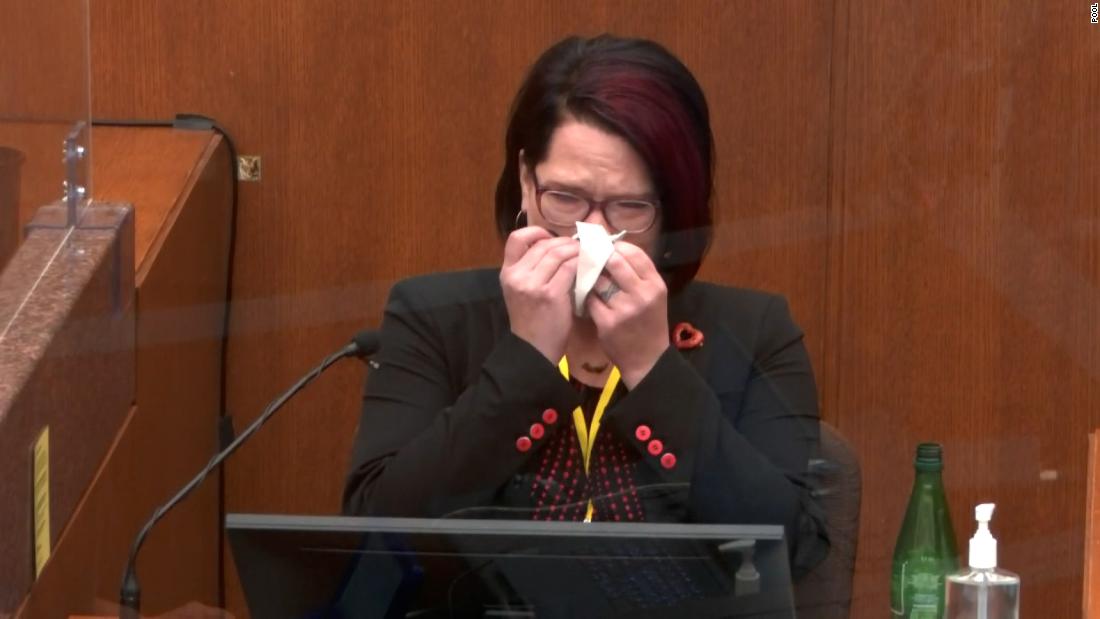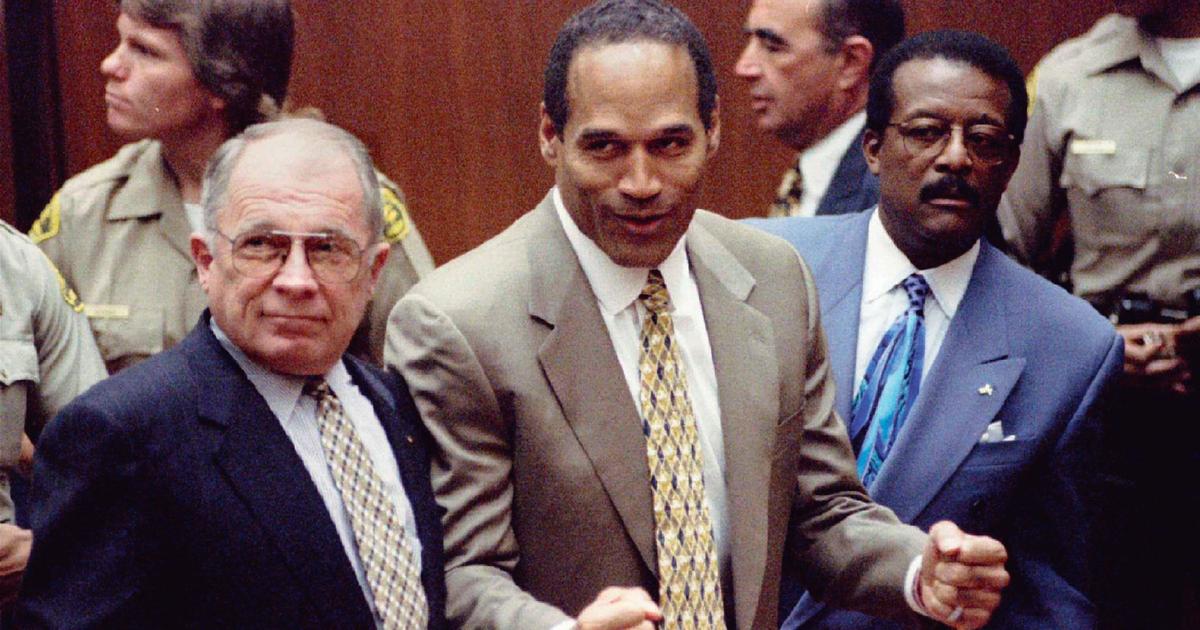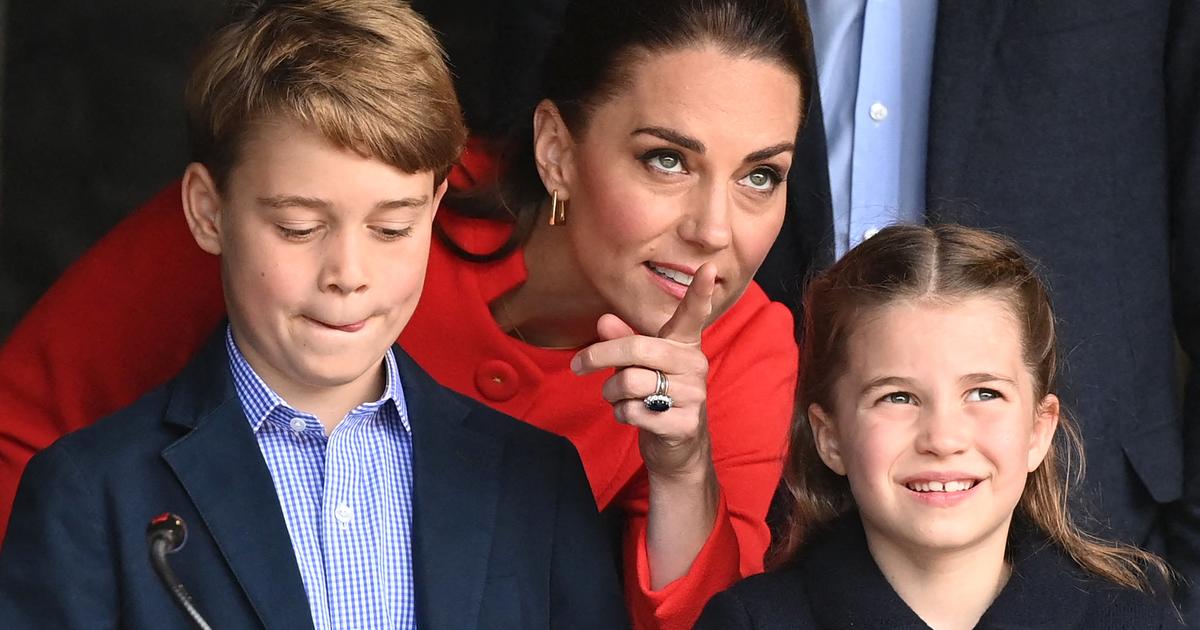Witness to Floyd's arrest: A man was being killed 4:02
(CNN) -
The chief homicide detective for the Minneapolis Police Department testified that kneeling on George Floyd's neck after he had been handcuffed was "totally unnecessary."
"If your knee is on someone's neck, that could kill them," he declared.
Lt. Richard Zimmerman, head of the homicide division for more than 12 years, testified Friday that Derek Chauvin violated the rules by pressing his weight on Floyd's neck for more than nine minutes while the man was handcuffed and in a prone position. .
Police officers are not trained to kneel on a person's neck, he said.
"Once the person is handcuffed, the threat level goes down completely," the lieutenant told the jury at Chauvin's murder trial.
How can that person hurt you?
he asked, adding that "getting hurt is highly unlikely."
Keeping the person handcuffed and in a prone position "restricts their breathing," he said.
When asked by prosecutor Matthew Frank if he was ever trained to kneel on a person, Zimmerman said no.
"Because if your knee is on someone's neck, that could kill him," said the lieutenant.
advertising
At that moment, Chauvin raised his head on the defense table and shot Zimmerman a look.
This potentially devastating testimony from the department's highest-ranking official took place on the fifth day of the trial, which was shorter than previous days.
Judge Peter Cahill sent the jurors home earlier because the trial was ahead of schedule.
Testimony will resume on Monday.
Zimmerman said Chauvin's actions were "unjustified" and "totally unnecessary."
"You have to make sure they are not on his chest," said the veteran investigator at one point.
"If you are lying on your chest, that restricts your breathing even more," he explained.
Zimmerman signed an open letter last year in which Minneapolis agents condemned Chauvin after what happened.
On questioning, Zimmerman agreed that an unconscious person can become combative when resuscitated, kicking and rolling.
Defense attorney Eric Nelson tried to show that police work has changed significantly since Zimmerman received his training.
It also attempted to draw attention to Zimmerman's limited experience in the use of force as an investigator compared to that of a patrol officer.
While they are not trained to put their knee on a suspect's neck, Zimmerman told Nelson that, in a fight for his life, officers are authorized to use whatever force is reasonable and necessary.
Sergeant describes the arrival on the scene of a "possible critical incident"
Earlier, jurors heard testimony from the sergeant who secured the area shortly after Chauvin knelt on Floyd's neck.
Sergeant Jon Edwards, a 14-year police veteran, said he arrived at the scene of a "possible critical incident" a little after 9:30 pm and had other officers search the area for possible witnesses. .
At the scene, Edwards asked Officers J. Alexander Kueng and Thomas Lane to activate their body cameras, he said.
Both officers were charged with complicity in an intentional manslaughter and complicity in an involuntary manslaughter.
Zimmerman arrived on the scene on Chicago Avenue shortly before, at 10 p.m., Kueng and Lane were transferred to City Hall as part of an investigation into a critical incident, according to Edwards.
On Thursday, jurors heard Chauvin's perspective in the minutes after Floyd's inert body was taken away in an ambulance.
It was the second time they heard his opinion about what happened that day.
A Chauvin body camera video that jurors saw Wednesday showed the former agent defending his actions to a bystander.
A call that Chauvin made to Sergeant David Pleoger, his supervisor at the time, was also recorded on a body camera.
The video was played during Pleoger's testimony on Thursday.
Chauvin called him shortly after kneeling on George Floyd's neck for more than nine minutes on May 25 to explain his version of what had happened.
"I was just going to call for you to come to our scene here," Chauvin told Ploeger.
We had to hold a guy.
He was freaking out.
I didn't want ... I didn't want to get into the back of the patrol ... "he added.
Then the video ends, but for the rest of the call Chauvin said George Floyd had a medical emergency after fighting with officers trying to get him into a car, according to Pleoger.
Chauvin did not mention that he had put his knee on Floyd's neck and back, Pleoger said.
Pleoger drove to the scene and asked deputies to speak to witnesses.
"We can try, but everyone is quite hostile," replied Chauvin.
Witnesses say they feel guilty for Floyd's death 3:06
Later that night at Hennepin County Medical Center, Chauvin told his supervisor that he had knelt on Floyd's neck, Pleoger told jury.
Chauvin's body camera video played in front of the jury Wednesday also showed how he defended his actions to a bystander who confronted him about how he had treated George Floyd.
"That's one person's opinion," Chauvin replied as he climbed into his police cruiser.
“We had to control this guy because he is a big man.
Looks like he's probably onto something, ”he added.
His version of the encounter is contradicted by videos showing Chauvin kneeling over Floyd, who had been handcuffed after fainting.
Prosecutors said he knelt over Floyd for 3 minutes and 51 seconds during which Floyd was unresponsive.
Chauvin has pleaded not guilty to charges of willful manslaughter, manslaughter, and aggravated manslaughter in an act eminently dangerous to others.
The defendant has remained seated at the defense table taking notes on a large notepad.
Earlier Thursday, George Floyd's girlfriend spoke about Floyd's fight with opioid addiction, and two paramedics testified that Floyd appeared dead when they arrived at the scene.
Chauvin's supervisor said he should have stopped using force earlier
Pleoger's testimony focused on police protocols for the use of force.
Officers can use force in certain circumstances, but must stop the use of force once the person is under control.
Pleoger testified that his review of the body camera images showed that Chauvin must have stopped using force earlier.
"When Mr. Floyd no longer offered any resistance to the officers, they could have ended the restriction," he said.
"It would be reasonable to put one knee on someone's neck until they can't resist it anymore, but it should stop when they are no longer combative," he explained.
The supervisor said officers should call an ambulance and provide emergency assistance while they wait for it to arrive.
Immobilized people should be turned on their side to help them breathe.
In cross-examination, Pleoger said he had not conducted a formal review of the use of force because the death investigation moved up the chain of command.
'I thought he was dead,' says paramedic who treated George Floyd
Two Hennepin County paramedics said Floyd was unresponsive, not breathing, and had no pulse when they arrived at the scene.
"In simple terms, I thought he was dead," said paramedic Derek Smith.
Smith and his partner Seth Bravinder were called on a Code 2, which is not an emergency, for a mouth injury.
However, about a minute and a half later the call was updated to Code 3, which means turning on the ambulance lights and sirens.
Floyd didn't seem to be breathing or moving.
Smith checked Floyd's pulse and pupils while Chauvin kept his knee on him.
The paramedic said he believed his heart had stopped.
Bravinder motioned for Chauvin to lift Floyd's knee and put him on a stretcher and take him to the ambulance.
Derek Smith was one of the paramedics who treated George Floyd.
Bravinder said they were concerned about the crowd of passersby.
An officer got into the ambulance and helped with chest compressions.
Smith removed Floyd's handcuffs, he testified.
Bravinder stated that at one point he stopped the ambulance to help treat Floyd.
Inside the ambulance, however, Floyd's heart showed no activity.
They tried to resuscitate his heart with chest compressions, establishing an airway and with electric shocks, but he did not recover.
Then they left him in the hospital.
Fire Department Captain Jeremy Norton testified that no one found a pulse on Floyd's body.
He later reported the incident to superiors in the Fire Department because it involved the death of someone in police custody and an off-duty firefighter was a witness.
George Floyd and his girlfriend were battling an opioid addiction
Courteney Ross, 45, told the jury that he met Floyd in August 2017. He was then working as a security guard in the Salvation Army.
Floyd worked out every day and never complained about being short of breath, he said.
He was a mother's boy who had become a "shadow of himself" after his mother's death in 2018, he said.
Both were battling an opioid addiction, he testified.
They were prescribed opioid painkillers to treat chronic pain, which ultimately led to addiction and illegal drug use, his girlfriend testified.
George Floyd's girlfriend, Courteney Ross, said they were battling an addiction to opioids.
In March 2020, he found George Floyd doubled over in pain and brought him to an emergency, he declared.
Floyd spent several days in the hospital for an overdose, he said.
He thinks he was using again in May 2020.
In opening statements, prosecutors acknowledged Floyd's history of opioid addiction, but said it was irrelevant to the cause of his death in the older past.
However, defense attorney Eric Nelson has argued that Floyd's true cause of death was drug use and various pre-existing health problems.
CNN's Eric Levenson contributed to this report.







